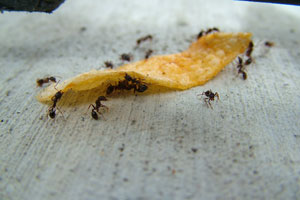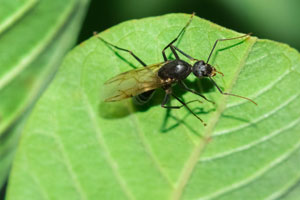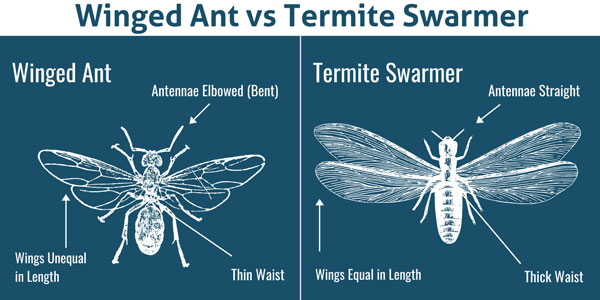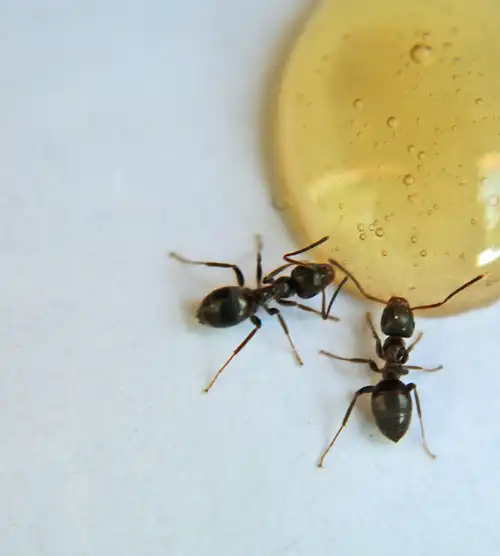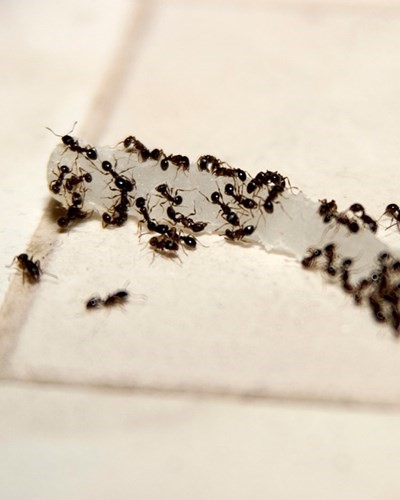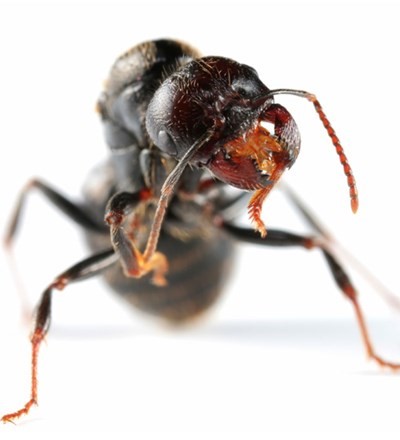Are you spending more time in your backyard than ever this year? If so, you’ve likely noticed just how many insects are sharing that space with you! Mosquitoes in your pond, flies around your barbecue, or wasps building a nest on your deck can all quickly ruin your time enjoying your outdoor living space. It can be hard to avoid insects altogether outside, but there are a few things you can do to make your yard less appealing to pests. The experts at Batzner have gathered their top tips to keep your outdoor space pest-free*. Read on to learn more!
Tips to Keep Your Outdoor Space Pest-Free
There are likely a number of things in your backyard that, unbeknownst to you, are attracting all types of pests. Each year, it’s important to implement a number of pest prevention methods to reduce the chances of an infestation inside or outside your property. These methods include:
- Getting rid of any standing water. Stagnant water is one of the biggest attractants for mosquitoes.
- Regularly trimming your lawn and shrubs. Ticks and mosquitoes will shelter in overgrown vegetation or tall grass.
- Keeping an eye out for ant hills. Even a tiny mound can contain thousands of ants inside.
- Inspecting all wood structures. Wood-destroying pests (carpenter ants and mosquitoes) will damage your wooden decks or porches.
- Applying an insect repellent. Most store-bought repellent containing DEET will help repel mosquitoes and ticks.
- Cleaning your patio or space regularly. Spills or leftover food will surely bring ants around.
What Pests Infest Your Yard?
Here in Wisconsin, we deal with many types of pests all year long. They are especially active this time of year, and may end up right in your backyard. Some can be dangerous, which is why it’s so important to learn how to keep them away. A few of the most common pests we get calls about this time of year include:
Need Outdoor Pest Removal?
If you’ve done all you can to prevent outdoor pests and still find yourself with an infestation, it’s important to act quickly. A professional pest control company can help get rid of pests in your yard and help you prevent future infestations from happening. Contact the residential exterminators at Batzner today to get started!


